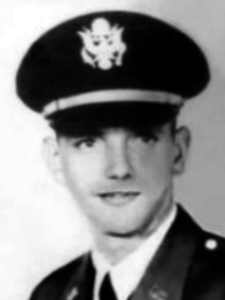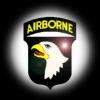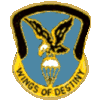The Mission

On 4 May 1970, UH-1H SN 68-16244, A Co, 101st AHB, was assigned flare standby for night illumination missions in support of
the 1st Bde, 101st Abn Div. At approximately 1930 hours Company Ops received a mission request from S-3 (Air), 1st Bde,
to provide illumination for a practice red alert at FSB Kathryn. At approximately 1955 hours UH-1H SN 68-16244, callsign
COMANCHERO 20, departed for FSB Kathryn, arriving overhead at approximately 2020 hours.
Two AH-1G aircraft from Battery B, 4/77th Arty, departed Camp Eagle at about 2030 hours enroute to FSB Kathryn for the practice red alert. Lead was TORO 93; wing was TORO 91D. TORO 93's anti-collision light and aft navigation lights were inoperative, and TORO 91D had difficultly maintaining visual contact and position on TORO 93. TORO 93 advised TORO 91D that he held visual on 91D that they would head from their present position direct to the flares over FSB Kathryn at 5500 feet. The two AH-1G aircraft arrived on station at FSB Kathryn at approximately 2045 hours. TORO 93 made visual contact with the flareship (COMANCHERO 20) and contacted JULIET 3 (Forward Observer for C/1/501 INF) to coordinate the firing runs.
COMANCHERO 20 was in a left hand orbit around FSB Kathryn, dropping flares as directed by C/1/501. COMANCHERO 20 requested that C/1/501ST have the TORO flight aircraft come up on UHF frequency E33. Shortly thereafter COMANCHERO 20 completed the portside flare drops and converted to a right-hand orbit. COMANCHERO 20 made a radio call to the TORO flight advising them of the orbital change, but TORO did not acknowledge the transmission. About 6 minutes later C/1/501 notified COMANCHERO Control that a midair collision may have occurred.
The post-accident investigation concluded that a flare ignited aboard COMANCHERO 20 and that the aircraft then went into a descent, colliding with one of the AH-1Gs. COMANCHERO 20 descended in flames to impact, while the TORO aircraft, also in flames, proceeded in what appeared to be an autorotative glide and crashed in heavily wooded and mountainous terrain.
Seven men died in this accident:






